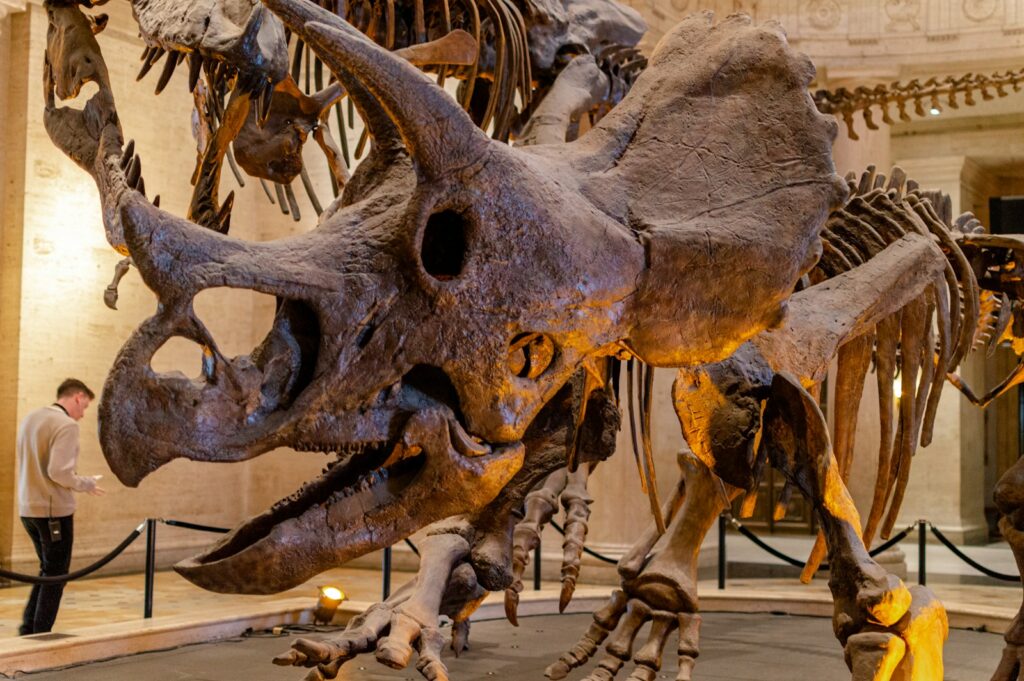Paleontology, like all sciences, has evolved dramatically over time. Our understanding of dinosaurs today bears little resemblance to the initial interpretations made by early fossil hunters. The journey from the first dinosaur discoveries to our current knowledge represents one of science’s most fascinating evolutions of thought. Early paleontologists, working without modern technology and within the scientific frameworks of their time, made remarkable discoveries but also reached conclusions that later proved inaccurate. These misunderstandings weren’t failures but rather stepping stones in our quest to understand these magnificent prehistoric creatures. Let’s explore the most significant misconceptions that shaped our early understanding of dinosaurs.
The Upright Lizard Posture Misconception

When early paleontologists first assembled dinosaur skeletons in the late 19th century, they positioned them with sprawling limbs like modern lizards or crocodiles. The iconic Iguanodon was initially displayed with its thumb spike positioned as a nose horn, while Megalosaurus and other theropods were depicted as sluggish, kangaroo-like beasts that dragged their tails. These reconstructions reflected the prevailing view that dinosaurs were essentially overgrown reptiles. It wasn’t until the “Dinosaur Renaissance” of the 1960s and 1970s that paleontologists like John Ostrom demonstrated that many dinosaurs held their limbs directly beneath their bodies, similar to mammals and birds. This revelation fundamentally changed our understanding of dinosaur posture, locomotion capabilities, and evolutionary relationships, showing them to be more dynamic and sophisticated than previously believed.
Cold-Blooded Giants

For most of paleontological history, scientists classified dinosaurs as reptiles and assumed they were cold-blooded (ectothermic) like modern reptiles. This assumption heavily influenced how dinosaurs were portrayed as slow, sluggish creatures dependent on external heat sources to regulate their body temperature. However, beginning in the 1970s, Robert Bakker and others began challenging this view, pointing to features like upright posture, predator-to-prey ratios, and bone microstructure that suggested some dinosaurs maintained high metabolic rates. Today, evidence increasingly indicates that many dinosaurs were mesothermic (having partially self-regulating body temperatures) or even fully warm-blooded (endothermic). Studies of bone growth patterns and oxygen isotope analysis have revealed that dinosaurs likely maintained body temperatures higher than their environment, fundamentally changing our perception of their activity levels, behavior, and ecological roles.
Dinosaurs as Evolutionary Failures
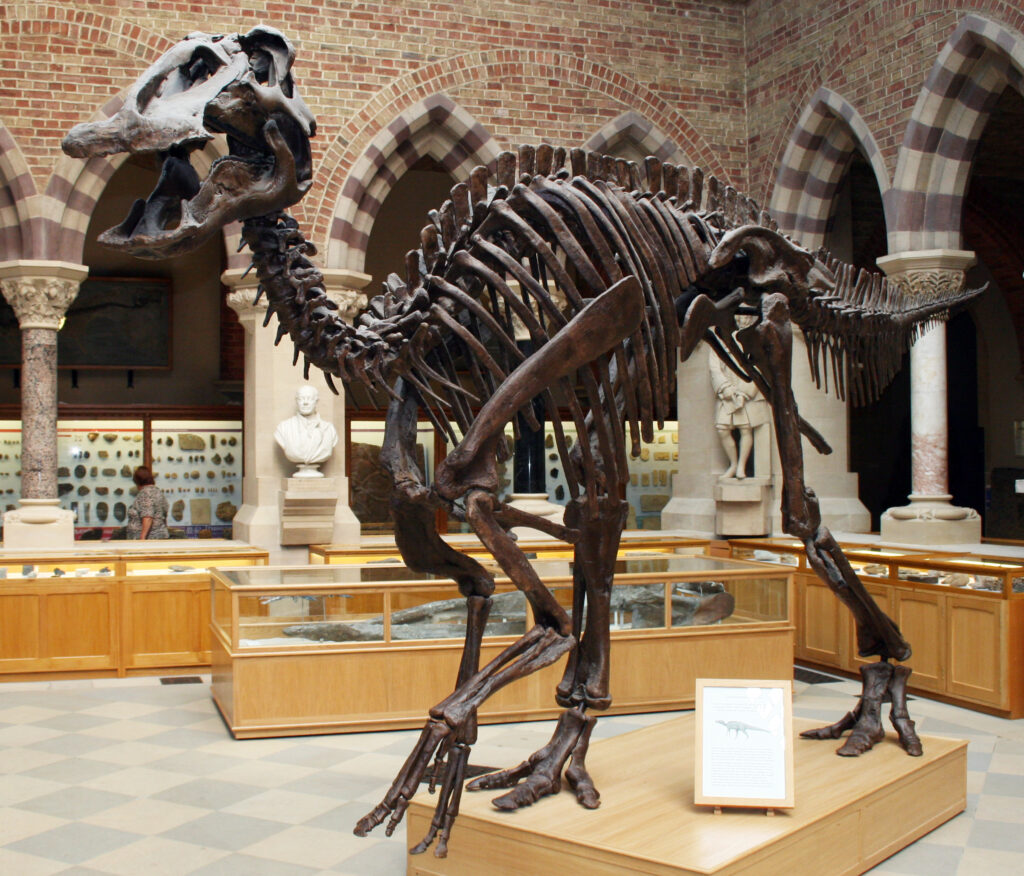
A persistent narrative in early paleontology portrayed dinosaurs as evolutionary “failures” or “dead ends”—creatures too specialized, too large, or too unintelligent to adapt to changing environmental conditions. This perspective casts dinosaurs as lumbering beasts doomed to extinction while mammals, supposedly more adaptable and intelligent, waited in the wings to inherit the Earth. We now understand this characterization was profoundly incorrect. Dinosaurs dominated terrestrial ecosystems for over 165 million years—far longer than mammals have existed—representing one of evolution’s greatest success stories. Their diversity encompassed creatures ranging from chicken-sized to the largest land animals ever to exist. Furthermore, dinosaurs didn’t go extinct entirely—birds are technically avian dinosaurs, meaning this lineage continues to thrive today with over 10,000 living species. Far from evolutionary failures, dinosaurs represent one of evolution’s most successful and enduring experiments.
The Aquatic Dinosaur Myth

In the early days of paleontology, many scientists believed that massive dinosaurs like Brachiosaurus and Diplodocus must have been aquatic or semi-aquatic. This theory, championed by paleontologists like Othniel Charles Marsh, suggested these enormous sauropods lived primarily in water, which would help support their massive weight. Elaborate illustrations showed sauropods submerged in lakes and swamps with only their heads protruding above the water surface. The discovery of nostrils positioned high on some sauropod skulls seemed to support this hypothesis. However, later studies of sauropod anatomy, bone structure, and trackways definitively proved these animals were fully terrestrial. Their column-like legs, specialized weight-bearing adaptations, and extensive fossil trackways found in ancient dry environments demonstrated they were well-adapted for life on land. Modern research shows that immersing sauropods in water would have created dangerous pressure differentials in their bodies, potentially causing serious physiological problems.
The Single-Species Fallacy

Early paleontologists frequently assigned fossil finds to a single species when they came from similar locations or periods, creating a significant underestimation of dinosaur diversity. A classic example is the famous “Bone Wars” between Othniel Charles Marsh and Edward Drinker Cope in the late 19th century, where competitive fossil hunting led to hasty classifications. Modern reexaminations of these collections have revealed many instances where multiple species were incorrectly lumped together. The original Trachodon, for instance, was later determined to represent several distinct hadrosaur species. Today, paleontologists employ much more rigorous taxonomic methods, including detailed morphological analysis, growth series studies, and in some cases, molecular and histological examination. These advanced techniques have revealed that dinosaur diversity was far greater than initially believed, with many ecosystems supporting multiple related species that occupied different ecological niches, similar to modern mammals and birds.
The Solitary Predator Assumption

For decades, paleontologists portrayed predatory dinosaurs like Tyrannosaurus rex as solitary hunters, similar to modern large cats or reptilian predators. This view stemmed partly from limited fossil evidence and partly from the assumption that dinosaurs lacked the intelligence for complex social behavior. However, discoveries beginning in the late 20th century have dramatically changed this perception. Multiple tyrannosaur specimens found together, along with mass death assemblages of Albertosaurus and Daspletosaurus, suggest some predatory dinosaurs may have hunted in family groups or packs. Even more compelling evidence comes from sites like the Cleveland-Lloyd Dinosaur Quarry in Utah and the “Raptor Prey Restraint” theory proposed by Denver Fowler, which suggests Deinonychus and related dromaeosaurs used coordinated pack hunting strategies. Trackway evidence also indicates some predators traveled in groups, forcing paleontologists to reconsider the social complexity and hunting behaviors of these ancient carnivores.
The “Brainless Behemoths” Stereotype
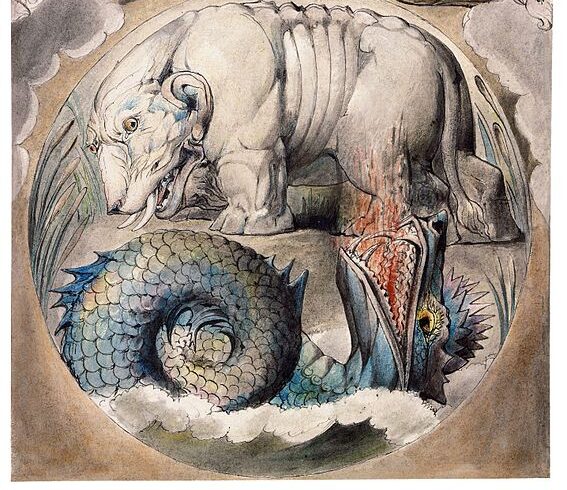
Early paleontologists often characterized dinosaurs as unintelligent creatures with tiny brains relative to their body size. This assessment was based on crude brain-to-body ratios and reinforced by cultural depictions of dinosaurs as dim-witted beasts. The epitome of this misconception was Stegosaurus, famously described as having a brain “the size of a walnut,” leading to claims it had a second brain in its hip region to control its back legs. Modern paleoneurology has thoroughly debunked these notions. CT scanning of fossil skulls has revealed that dinosaur brains often filled their cranial cavities more completely than previously thought. Careful studies of brain endocasts (natural molds of the brain cavity) show that many dinosaurs possessed well-developed cerebral regions associated with complex behaviors, sensory processing, and motor control. Particularly among theropods, including the ancestors of birds, brain proportions indicate relatively advanced cognitive capabilities. While dinosaur intelligence varied widely between species, many were likely as intelligent as modern birds and reptiles, with some possibly approaching the cognitive abilities of certain mammals.
The Extinction Misconceptions
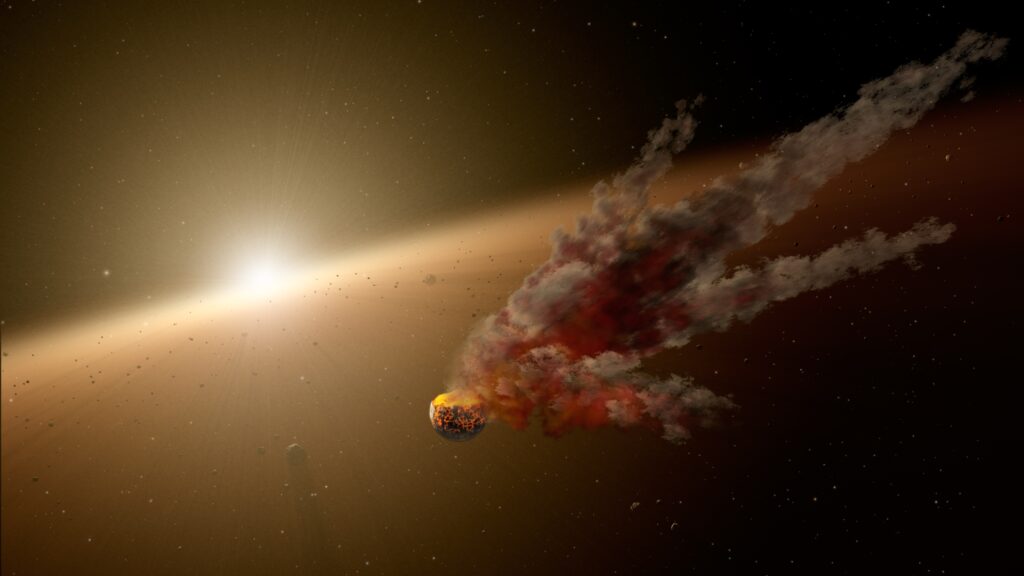
Early theories about dinosaur extinction ranged from disease epidemics to mammalian egg predation to simplistic notions of dinosaurs being inherently unfit for survival. These explanations reflected limited geological understanding and often contained moral or religious overtones about the “rightful” succession of life forms. The asteroid impact theory wasn’t proposed until 1980 by Luis and Walter Alvarez, who discovered a global iridium layer at the Cretaceous-Paleogene boundary. Even then, many paleontologists initially rejected this “catastrophic” explanation, preferring gradualist interpretations involving climate change or sea level fluctuations. Today, the evidence for the Chicxulub impact is overwhelming, though scientists recognize the extinction event was complex. Dinosaurs were already facing challenges from climate change related to Deccan Traps volcanism when the asteroid struck. The impact triggered global wildfires, acid rain, and a prolonged “impact winter” that disrupted food chains worldwide. Importantly, the extinction wasn’t universal—avian dinosaurs survived, along with many mammals, crocodilians, and other groups, demonstrating that survival depended more on specific adaptations than broad taxonomic categories.
Featherless Fallacies

Perhaps no aspect of dinosaur paleontology has seen more dramatic revision than our understanding of dinosaur integument. For most of the 20th century, dinosaurs were depicted with scaly, reptilian skin based on limited skin impressions and the assumption that they were essentially oversized lizards. The first hints of feathered dinosaurs emerged in the 1970s with John Ostrom’s work on Deinonychus, noting its bird-like features, but direct evidence remained elusive. The discovery of Sinosauropteryx in 1996 changed everything, revealing preserved feather-like structures on a non-avian theropod dinosaur. Subsequent discoveries, particularly from exceptional fossil beds in China’s Liaoning Province, have revealed a stunning array of feathered dinosaurs, including many species not closely related to birds. Today, we know many theropods were covered in various types of feathers or proto-feathers, and evidence suggests feather-like structures may have been present in ornithischian dinosaurs like Psittacosaurus and Kulindadromeus as well. These discoveries indicate that feathers evolved long before flight, likely serving initially for insulation and display, fundamentally altering our image of how dinosaurs appeared.
Dinosaur Color Misconceptions

Until quite recently, determining the color of dinosaurs was considered impossible, leading artists and paleontologists to speculate wildly. Dinosaurs were typically depicted in drab grays, greens, and browns based on modern reptiles, or occasionally with more fanciful coloration for purely artistic reasons. Science considered this aspect of dinosaur appearance lost to time. However, beginning in 2010, groundbreaking research identified melanosomes—microscopic pigment-bearing organelles—preserved in fossil feathers. By comparing these structures to those in modern birds, researchers could identify colors and patterns in feathered dinosaurs. Microraptor was found to have had iridescent black plumage similar to modern crows, while Sinosauropteryx sported a reddish-brown and white striped tail. Further discoveries revealed that Psittacosaurus had countershading (darker on top, lighter underneath) for camouflage, and Borealopelta had reddish-brown coloration. Though still limited to exceptional fossils with preserved soft tissues, these techniques have transformed our understanding of dinosaur appearance, revealing they were far more colorful and visually complex than early paleontologists ever imagined.
The Mammals-After-Dinosaurs Chronology
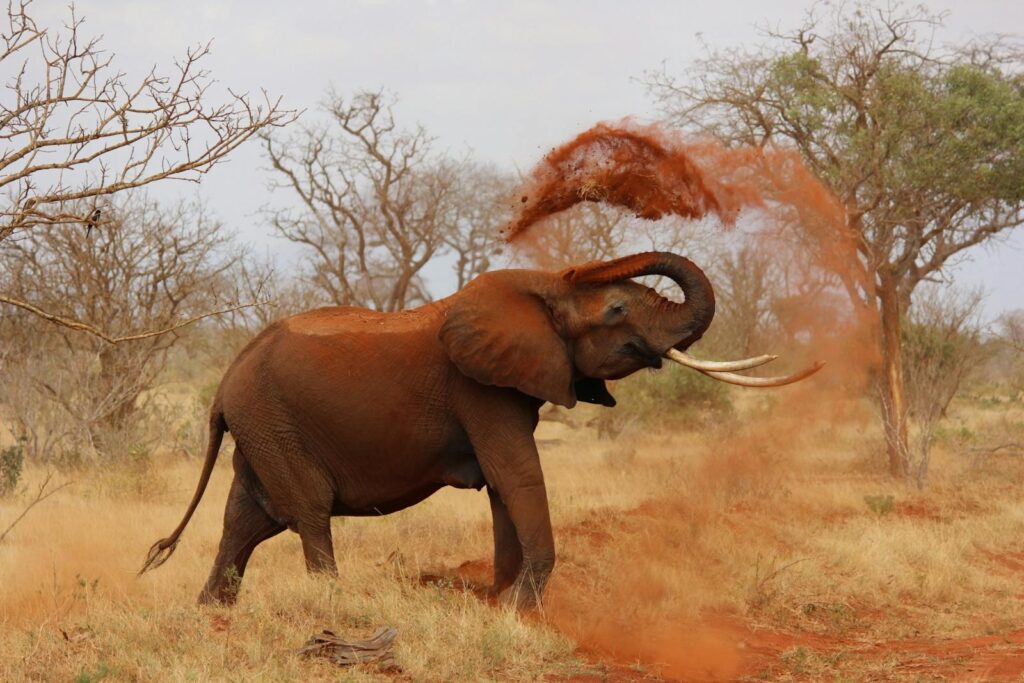
A persistent misconception in early paleontology was that mammals evolved after dinosaurs went extinct, filling ecological niches left vacant by the great reptiles. This “Age of Reptiles” followed by “Age of Mammals” narrative created an artificial separation between these groups in the public imagination. In reality, mammals and dinosaurs evolved at roughly the same time during the Triassic Period, approximately 230 million years ago, and coexisted throughout the entire Mesozoic Era. Early mammals were diverse and widespread, though generally smaller than contemporary dinosaurs. Recent fossil discoveries have revealed surprising ecological roles for these early mammals—some were carnivorous, others glided between trees, and some even ate small dinosaurs. The largest known Mesozoic mammal, Repenomamus, reached dog-size proportions and has been found with baby dinosaur remains in its stomach contents. Rather than waiting for dinosaurs to disappear, mammals were successful in their own right, occupying specialized ecological niches throughout the dinosaur era. The extinction of non-avian dinosaurs 66 million years ago simply allowed mammals to expand into previously unavailable ecological roles.
The Misinterpreted Physiology
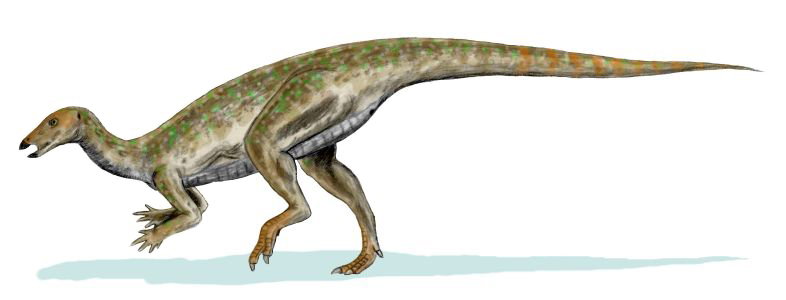
Early paleontologists severely misunderstood dinosaur physiology, drawing heavily from comparisons with modern reptiles while ignoring evidence that contradicted these assumptions. Dinosaurs were thought to have three-chambered hearts like reptiles, inefficient respiratory systems, and metabolic rates comparable to crocodilians. These assumptions led to depictions of dinosaurs as fundamentally limited in their capabilities compared to mammals. Modern research has thoroughly revised this picture. Studies of dinosaur bone microstructure reveal growth rates far exceeding those of reptiles, suggesting enhanced metabolism. Many dinosaurs possessed air sac systems similar to birds, allowing for highly efficient one-way breathing, unlike the tidal respiration of reptiles. Evidence from bone histology and nasal passages suggests some dinosaurs may have maintained elevated body temperatures. Perhaps most surprisingly, analysis of a beautifully preserved Thescelosaurus specimen nicknamed “Dakota” revealed a four-chambered heart more similar to birds and mammals than to reptiles. While dinosaur physiology certainly varied between groups, the emerging picture shows they had metabolic and cardiovascular systems far more advanced than early paleontologists believed, helping explain how they could dominate terrestrial ecosystems for over 160 million years.
The Static Species Perspective
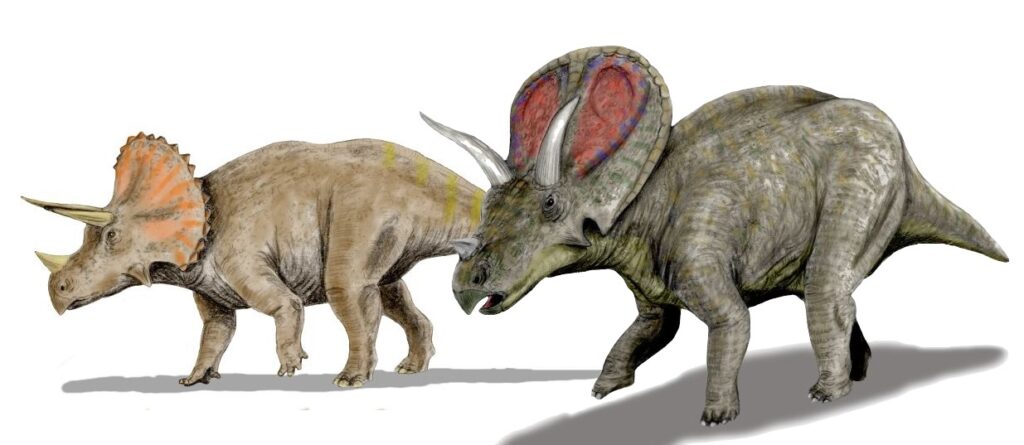
Early paleontologists tended to view each dinosaur species as unchanging throughout its existence, largely because they lacked sufficient fossil evidence to track changes over time. This static view portrayed dinosaurs as evolutionary dead ends rather than dynamic, adapting lineages. The discovery of ontogenetic series—fossils representing the same species at different growth stages—has dramatically changed this perspective. Perhaps the most famous example involves Triceratops and Torosaurus, long considered separate species until Jack Horner and others proposed they might represent juvenile and adult forms of the same animal (though this specific hypothesis remains controversial). Similar revelations have occurred with Tyrannosaurus rex, where juvenile specimens were previously classified as a different species (Nanotyrannus). Growth series studies have revealed remarkable transformations during dinosaur development—juvenile Pachycephalosaurus lacked the domed heads of adults, while young Diplodocus had very different skull proportions than mature individuals. Beyond individual development, improved dating techniques and more complete fossil sequences have revealed evolutionary trends within dinosaur lineages, showing they were constantly adapting to changing environments and competitive pressures throughout the Mesozoic Era.
Conclusion

The history of dinosaur paleontology reminds us that science is a journey of continual revision and discovery. What early paleontologists got wrong about dinosaurs wasn’t due to incompetence but to the limitations of their evidence and the scientific frameworks of their time. Each misconception corrected represents not just an improved understanding of ancient life but also the advancement of scientific methodology itself. Today’s cutting-edge interpretations of dinosaurs—as active, warm-blooded, often feathered, and remarkably diverse animals—will undoubtedly face revisions as new technologies and discoveries emerge. Rather than diminishing the achievements of early paleontologists, recognizing their errors highlights the self-correcting nature of scientific inquiry and the remarkable progress we’ve made in understanding these fascinating creatures that dominated our planet for over 165 million years.

